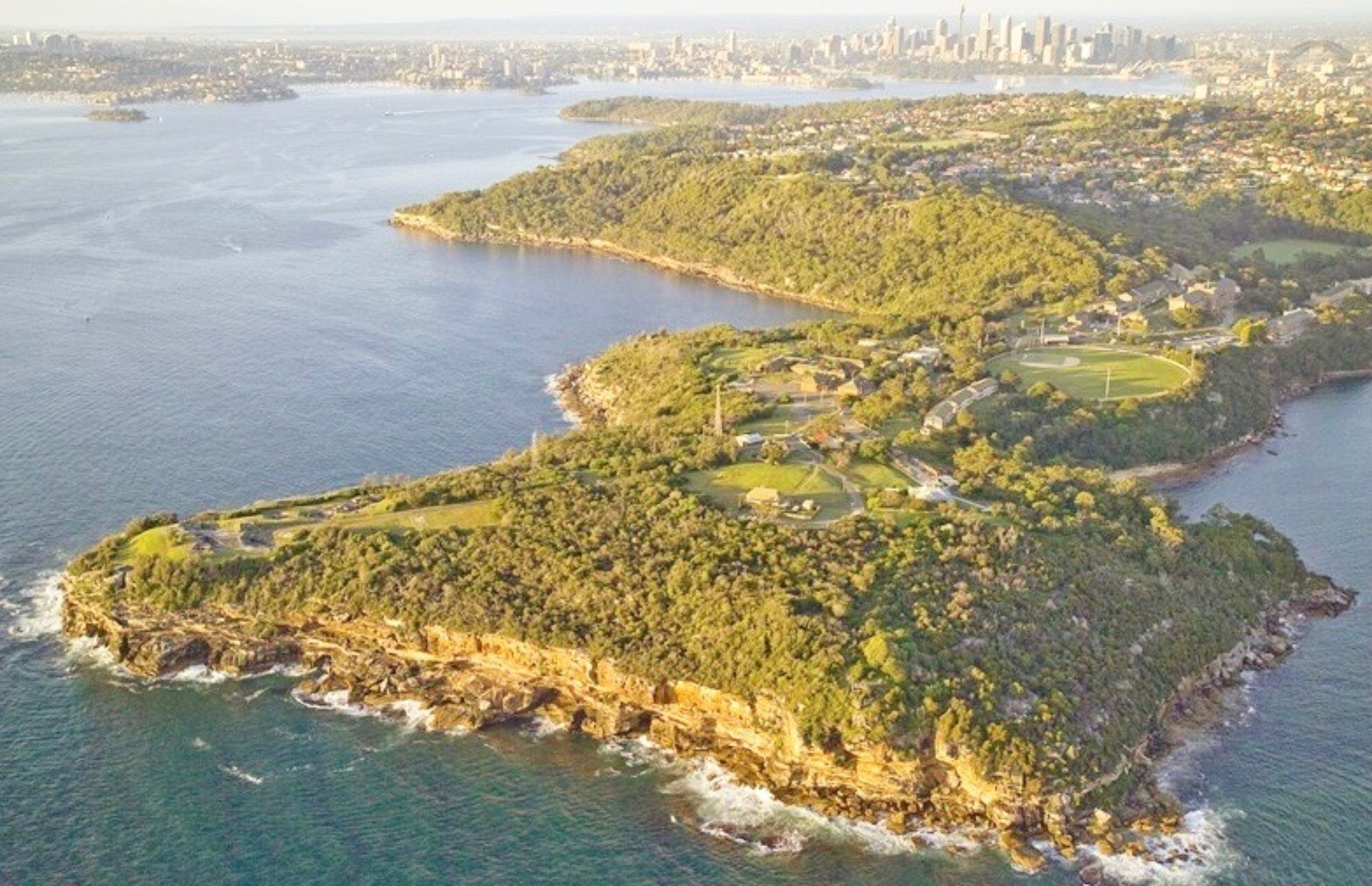The community of Mosman united to oppose the 10 Terminal Regiment HQ complex of buildings on Middle Head being used for an aged care facility, which would have been a serious breach of the Sydney Harbour Federation Trust Act.
It is now time to consider a serious appropriate re-use for 10 Terminal, that respect the heritage value of the brick buildings that form this complex, that allow complete free movement of members of the public through all the open spaces between the separate buildings, that will allow the re-establishment of natural vegetation for an appropriate landscape on Middle Head, when seen close up, from a passing ferry or recreation vessel, or from Dobroyd Head, North Head or South Head.
Middle Head dominated the entrance to Port Jackson when the First Fleet arrived on 26-jan-1788. It is an important piece of national heritage, that should not be spoiled by poor quality new buildings that breach the Trust Act applying to Middle Head. The First Australians in the northern Sydney region knew Middle Head as Cubba Cubba. It has important natural values that can be leveraged to create an exciting new concept in tourism for both interstate and overseas visitors – natural bushland just 20 minutes by ferry from Circular Quay, fabulous bird life, still populated with native fauna, and located convenient to Taronga Zoo, for tourists who like to pack a lot into each of their few days in Sydney.
The community also needs to consider the historic significance of this site – as country for the Gamaragal people in 1788, and as the first military base on the Australian coast, dating from 1801. In 1815 Governor Lachlan Macquarie set up about 70 Indigenous people from all over the Sydney region, led by Bungaree, after the small pox wiped 90% of the First Australianss within 3 years, according to some historians. Macquarie wanted to remove these people from the growing dangers of European settlement around Sydney Cove. He hoped to turn them into farmers and fishermen who would live on Middle Head on the land he grant he granted to them, with simpl farming tools, a boat for fishing, and whose excess food could be sold back in the British settlement.
Of cousce Bungaree’s Farm was doomed to failure from the start, because of the totally unsuitable soil, poor tools and lack of any experienced farming skills in the Colony to teach them. But Bungaree’s mob used their thousands of years experience of catching fish in and around the edges of Sydney harbour to start generating a supply of fresh fish that could be sold to hungry “redcoats”, trustee convicts, the few free settlers and of course the Officers who lived around Sydney Cove.
Side by side with the First Australians history on Middle Head is its role in the defence of the colony against potential French and Russian invaders in the 19th century. Less well-known were the activities on Middle Head during WW I, WW II and the Vietnam War. There is an exciting opportunity to combine the natural values of Middle Head, with both its Indigenous and military history, to come up with a world-class centre on Middle Head. Studies now being undertaken show that a high quality tourist facility can be self-financing, play a role in training young Indigenous people and create valuable meaningful jobs.
The Cubba Cubba Project is based around the concept of developing a high quality, 1 day long tourism experience that will allow visitors to be immersed in the story of Cubba Cubba, that goes back at least 30,000 years but quite possibly twice as long as that, the story of the arrival of the First Fleet and then the military history which began in 1801. just 13 years after the First Fleet sailed through Sydney heads.

John Young




